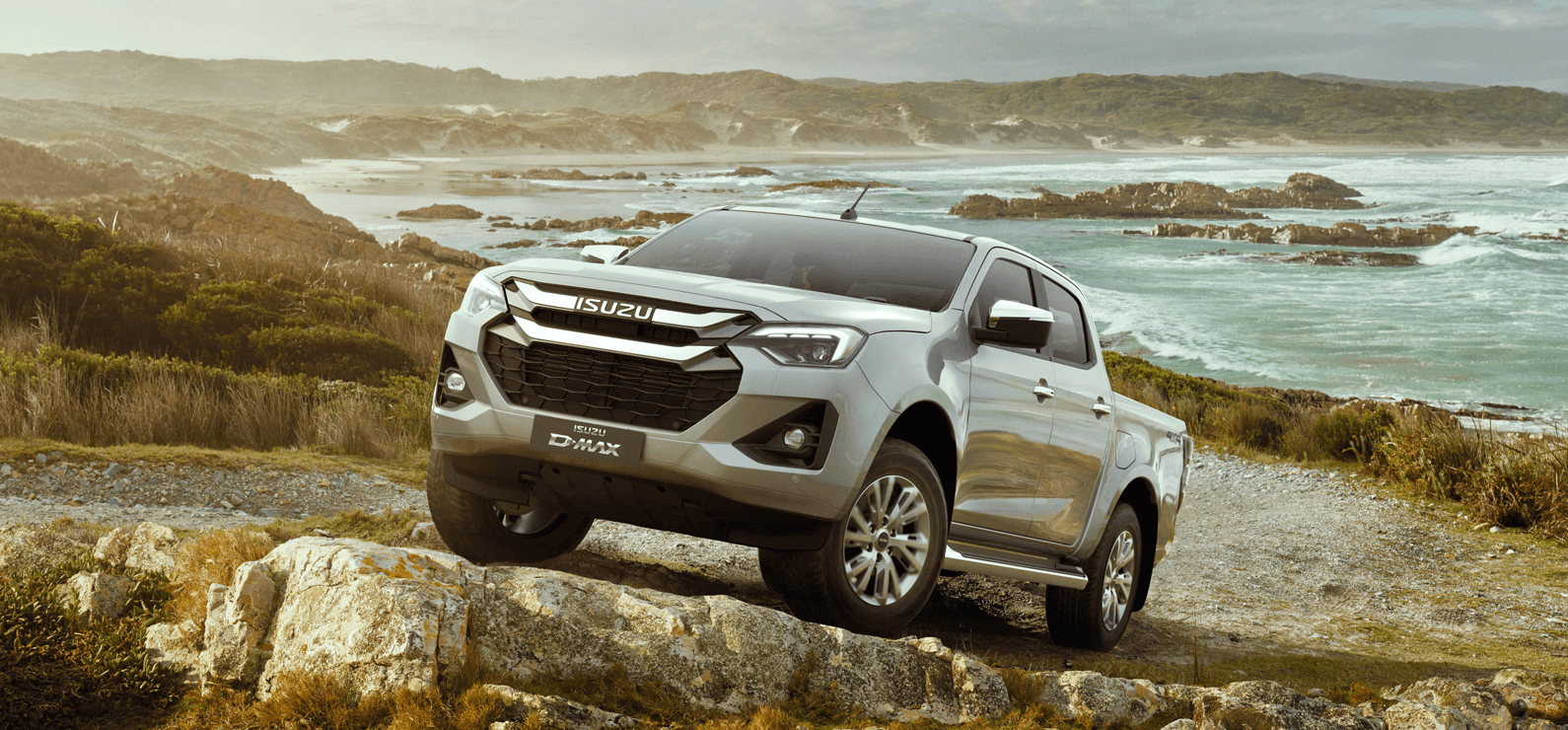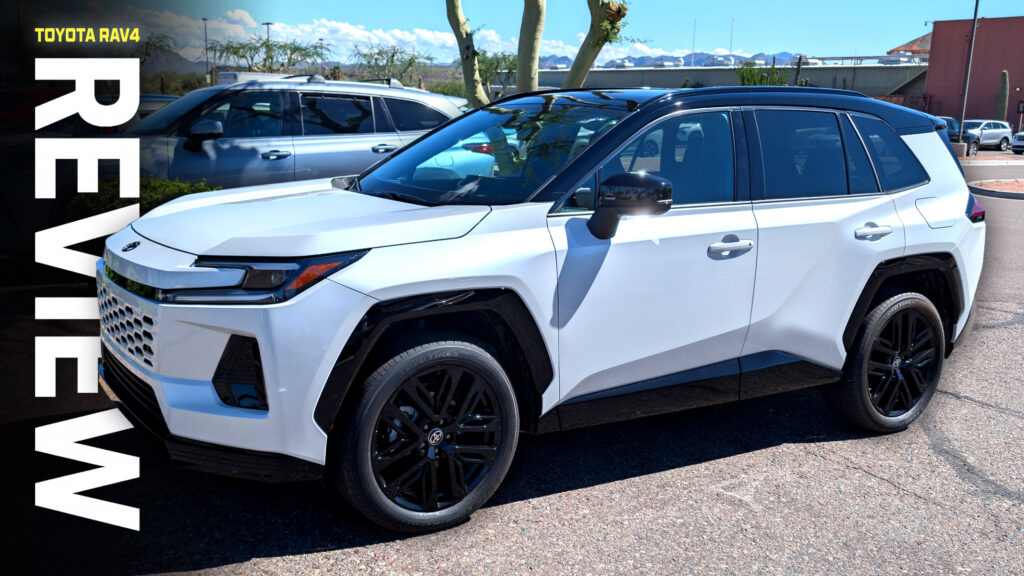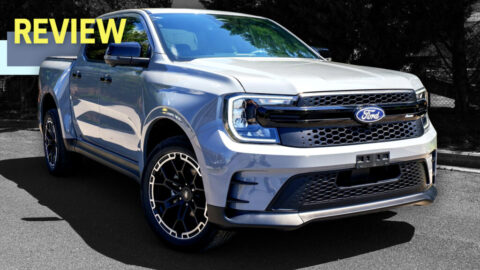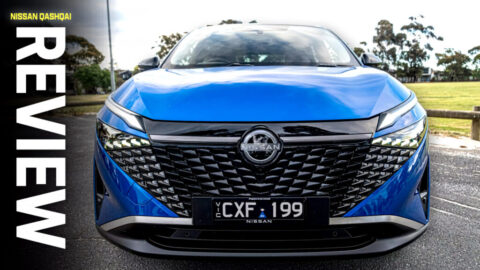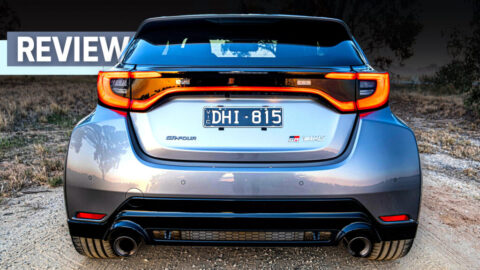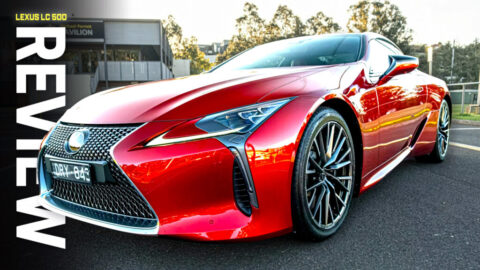It was nearly three full decades ago that the original RAV4 made its debut. Almost overnight, it invented the small crossover class, but today, things have changed. What started as a quirky compact SUV has grown both in literal size and in sales figures. The 2026 model marks the start of the sixth generation.
This mostly clean-sheet design, built on a modified version of the fifth-gen chassis, leverages Toyota’s new Arene software platform. It also happens to be the very first to come standard with hybrid power. This might be the boldest shift from one generation of the RAV4 to the next since the early 2000s.
The new RAV4 lineup ranges from city-smart SE and XSE trim to the soft-roading Woodland edition and all-new GR Sport PHEV. That’s a broad spectrum, and it aims to be the best in the business once again.
Quick Facts
SWIPE
*Mfr
To find out if it can accomplish that, we tested just about every available variant in Phoenix, Arizona. We came away with a lot of impressions and one very big question. For instance, this seems to be what a 2006 Highlander would’ve been if it were built today, and how much is this going to cost us?
Bigger, Bolder, and a Bit 4Runner
Photos Stephen Rivers / Carscoops
To our eyes, the design brief was clear. Make the new RAV4 look like the 4Runner’s smaller, more approachable sibling. The 2026 edition introduces three personalities, Core, Rugged, and Sport, on top of that general ethos. All have the same general body but with their own design flourishes.
The Core models, SE, XSE, and Limited, all get a clean, slightly upscale look that feels like it’s riffing off of the Lexus RX and the smaller Corolla Cross. The grille is where that’s most evident, with a cross-hatch pattern that seems to signal hybrid technology in the Toyota family these days. The next step up to the Woodland edition is where things get rugged.
Read: Toyota’s Rally-Bred GR Corolla Just Got Even Better For 2026
It adds flared wheel arches, 18-inch wheels with all-terrain tires, a split grille design, a standard roof rack with cross bars, and a tow hitch with wiring already set up. Toyota’s new color palette for the RAV4 Woodland adds a little personality with Urban Rock and Everest, both exclusive to the trim.
Finally, there’s the GR Sport, which gets its own aggressive face and sport-tuned suspension. For a detailed breakdown on that one, see our separate review focused entirely on the hottest RAV4 to date.
From just about any angle, the new RAV4 looks solid, substantial, and a little more muscular than before. Legitimately, if you’re familiar with the first-gen Highlander, this is almost the same size. It’s within an inch in most dimensions (inside and out), which says a lot about how far the segment, and this nameplate, have come.
A Cabin That Feels Familiar

Slip inside the RAV4 and you’ll find a cabin that channels the 4Runner more than the outgoing generation. It’s blocky, cleanly organized, and refreshingly functional. The dashboard layout, squared-off steering wheel controls, and physical knobs give it a back-to-basics utility that so many other SUVs miss.
The build quality feels excellent, too. Sure, there are still tons of hard plastic, but it all feels robust and solidly bolted together without huge panel gaps everywhere.
We expect it’ll do just fine for family duty over several decades without big glaring issues. Durability has long been a Toyota hallmark, and this cabin should have no trouble keeping up that reputation.
Photos Stephen Rivers / Carscoops
The seats are comfortable and supportive across all trims. Lower grades get cloth upholstery, while faux leather and other materials are available as one goes up the trim walk.
The Woodland edition adds unique accents and all-weather mats that fit its adventurous nature. All trims are surprisingly quiet, especially after our recent drive in the Corolla Cross. Highway cruising feels very insulated.
On top of that, the tech is good too. We’ve detailed the nuts and bolts of the system already, but in person, Toyota’s latest multimedia system runs great on the 10.5- or 12.9-inch screens, depending on the trim.
The graphics are crisp, the menus are intuitive, and the color palette gives the entire system some life. The fully digital driver display is easy to read and configurable with things like navigation or other key trip data.

One standout is the RAV4’s center console. The lid opens from either side or both, flips over to reveal a hard surface for writing or snacking, and snaps back into place. It’s a clever, simple touch that every RAV4 trim gets, and one we wish more automakers would copy. The benefits of this SUV aren’t exclusively for front-row occupants, though.
The rear seats are very spacious. At 6’6’’, I had no issue sitting behind the position of the driver’s seat where I would set it up. That’s impressive for almost any vehicle and even more so for a mid-size crossover like the RAV4. Cargo space is solid, too.
Photos Stephen Rivers / Carscoops
Conventional hybrid buyers get 37.8 cubic feet to use behind the second row. That expands to 70.4 with the rear seats folded down. The PHEV doesn’t lose much on those figures. Behind the second row, you’ll find 33.5 cubic feet and up to 63.6 with the seats down.
Hybrid Power For All

This is the first time that Toyota has made hybrid power standard in every RAV4. That’s not too surprising given the brand’s propensity for it in other models lately.
Under the hood is a 2.5-liter four-cylinder that makes 226 hp (169 kW) in front-drive models and 236 hp (176 kW) in all-wheel-drive trims. That’s up from 219 hp (161 kW) in the old AWD version.
Efficiency is also up, with an estimated 44 mpg combined for the FWD RAV4 and 41 mpg for the AWD version. Notably, we expect almost all buyers to go for the AWD version as it’s exclusively used on several trims, including Woodland, GR Sport, and Limited.

In addition to a conventional hybrid setup, Toyota will offer a plug-in hybrid for 2026 as well. It’s available across all grades and standard in the GR Sport. Output climbs to 324 hp (242 kW) from 302 hp ( kW) previously.
The electric range is up 23 percent over the last RAV4 Prime to 52 miles (84 km). It’s the most powerful and efficient RAV4 ever. Sadly, all setups use the same e-CVT, which is smooth but completely uninspiring.
Let’s dig into that driving experience. We tested just about every trim and drivetrain available in the new RAV4 and across the board they felt refined, mature, and well-sorted. The steering is a bit too light for my liking, but it’s accurate.
The suspension does a great job of isolating poor road conditions without letting this 4,500+lb SUV feel floaty. The Woodland PHEV in particular feels really well-balanced.

While it’s not meant for hardcore off-roading, we did get the chance to take it on the kind of trail that most RAV4 owners likely never will. It was great. Hill descent works as advertised, and the AWD system had no issue maintaining grip on dirt or gravel throughout the trip.
Despite its rugged tires and mild lift, the Woodland doesn’t drive like a heavy, overbuilt off-roader. The hybrid version is slow, figure about 8.0 seconds to 60 mph (0–96 km/h), but the PHEV’s extra power transforms the experience, likely shaving that to around 6.5 seconds.
Either way, the RAV4 feels more cohesive and quieter than ever before.
Competition
The RAV4’s traditional competition has been the Honda CR-V, the Mazda CX-50, the Hyundai Tucson, and sometimes cars like the Ford Bronco Sport and Volkswagen Tiguan. There are other potential comparables in this vast segment, but let’s focus on those five to start.
The CR-V is almost always the toughest nut to crack here. It’s known for wild reliability and a smooth ride, but not much else. It wouldn’t be shocking to see the RAV4 win out just because it can appeal to more buyers. Maybe it’s time that Honda made a CR-V Si.
More: We Drove The 2025 VW Tiguan And It’s Not What You Expect, But It’s What You Need
The Mazda CX-50 and CX-5 both drive far better than the RAV4, but fall short of the brute power available in the GR Sport. Again, for a full review on the hottest RAV4 see our piece dedicated exclusively to that trim.
That said, the Mazdas are worthy competitors, but do feel a couple of years behind the times compared to the Toyota. The hybrid CX-50 also leverages the previous-generation RAV4’s powertrain, so it’s slower and less efficient.
The Hyundai Tucson is a great SUV, but it doesn’t have the same reputation for reliability that Toyota enjoys. That said, it has a warranty package that puts the RAV4 and everything else we’re mentioning here to shame. Again, it’s not available in both off-road and sporty on-road trims in the same way.
The Bronco Sport certainly leans into the rugged end of things and is worth considering for those who routinely end up on dirt or gravel. The VW Tiguan is shockingly good and well-priced, but it’ll never come anywhere close to 40 mpg, much less more.
We’ll touch on this in our conclusion, but keep in mind that any RAV4 trim near or above $50,000 deserves heavy scrutiny from its potential buyer. At that price, there are plenty of crossovers and SUVs that offer more specialized accoutrements whether the buyer prefers luxury, performance, or off-road capability.
Final Thoughts

Now, we’re back to our one big question. How much is this going to cost us? That’s going to determine how good of a value this SUV is after all. Unfortunately, we don’t have pricing yet.
The original RAV4 was mostly famous for being a good value. If this one ends up with an average price of over $40,000, it’ll probably still sell well, but we’re not sure we could call it a good bang for your buck. At $50,000 for top-tier RAV4s, buyers will need to make a great case for themselves to justify it.
Don’t get us wrong. This is the best RAV4 ever made. There’s no question about that. It’s better to drive, has a broader appeal, features awesome technology, is spacious, and is more efficient.
That all said, we suggest paying no more than MSRP for it when it does arrive because at the top end of the lineup, the competition is fierce and very good.

